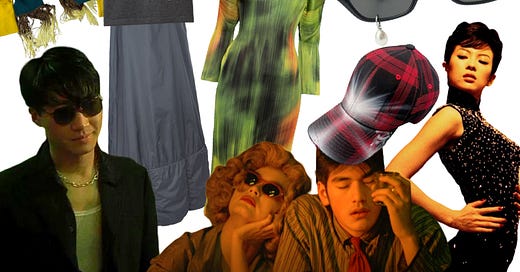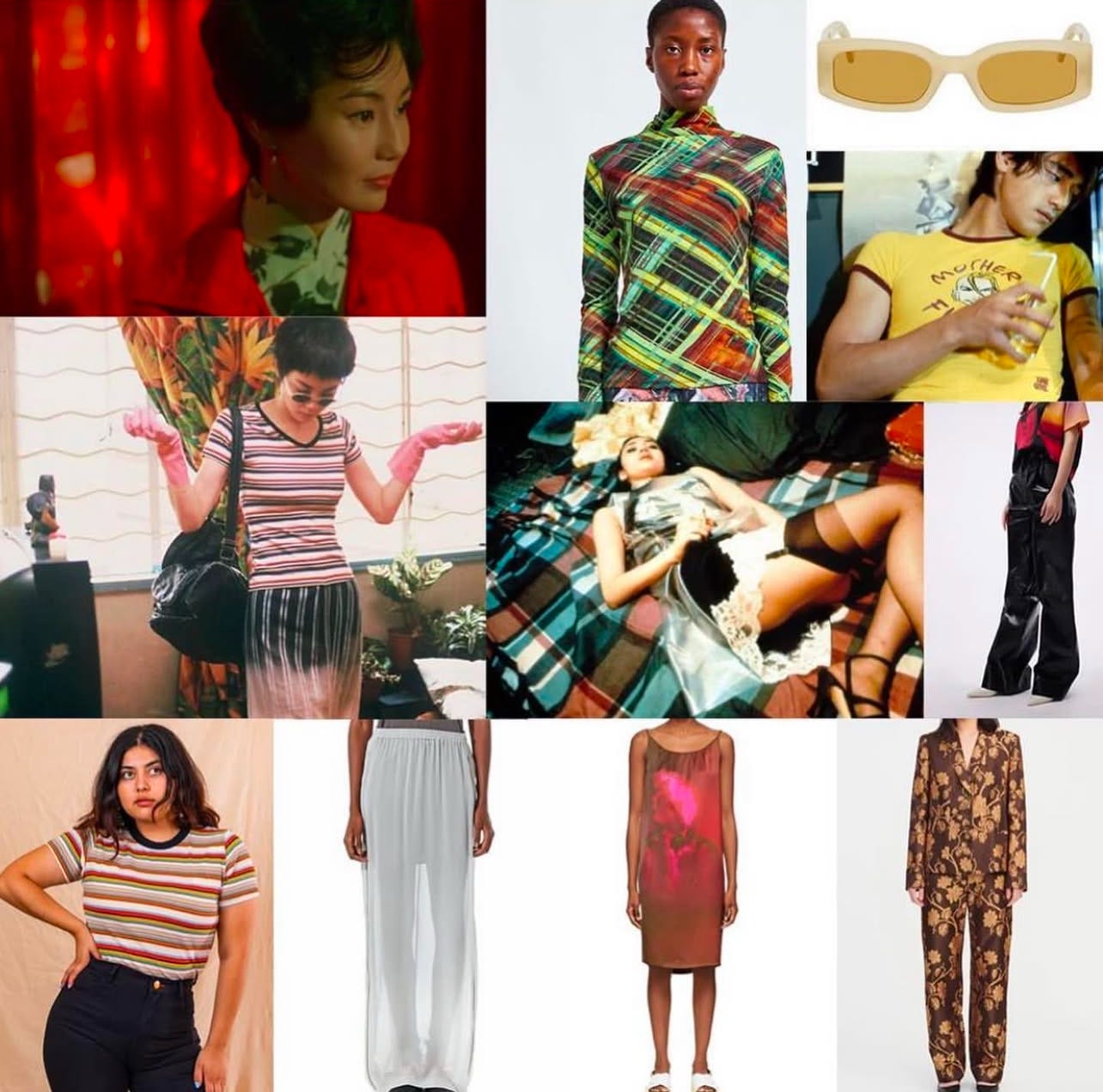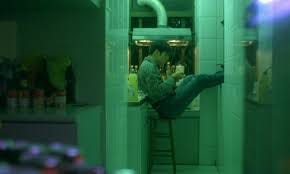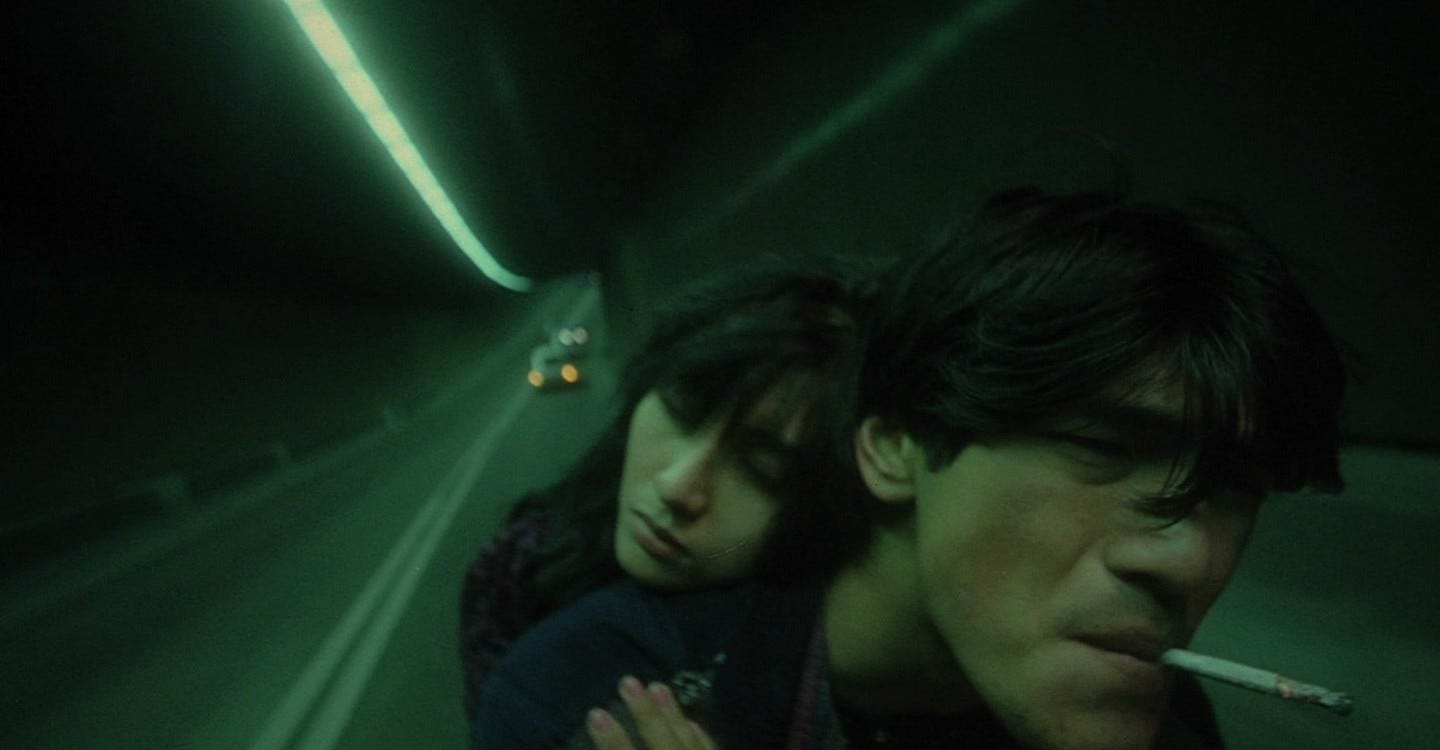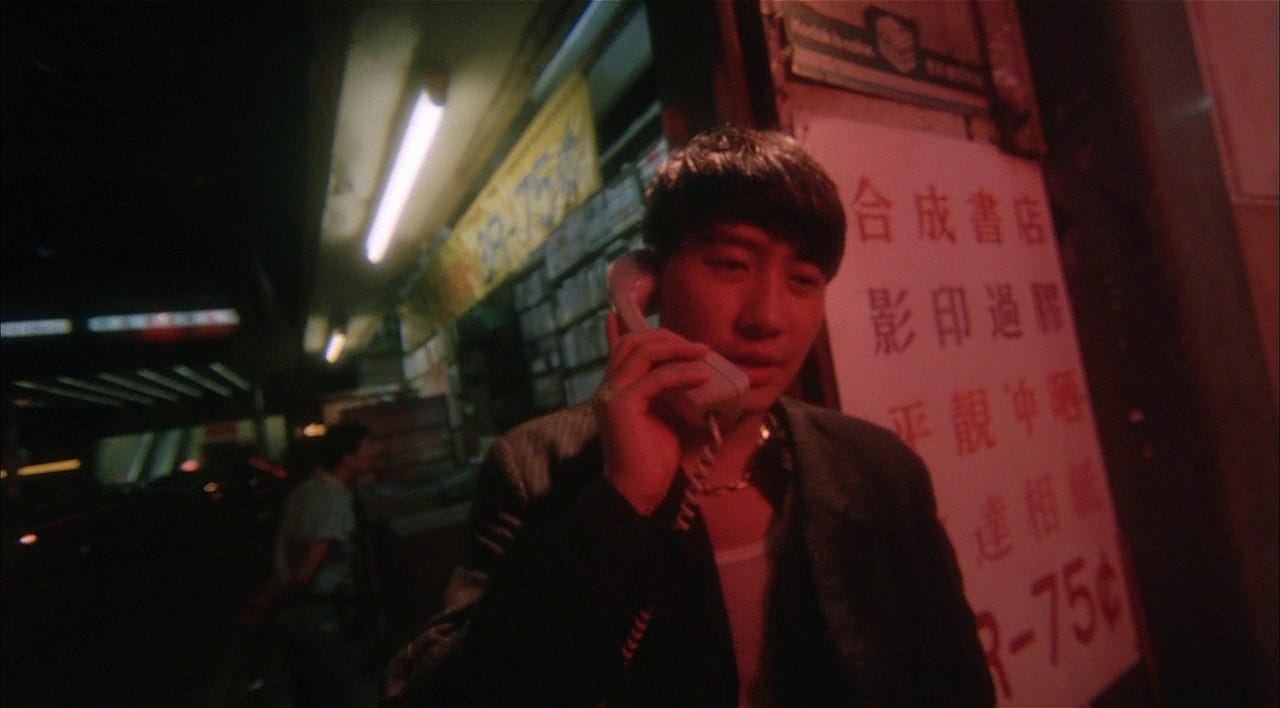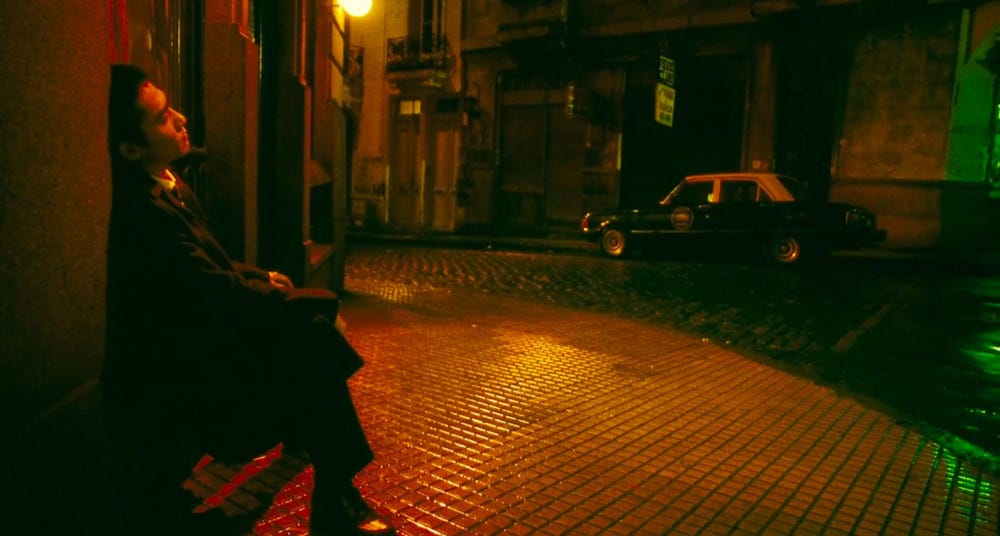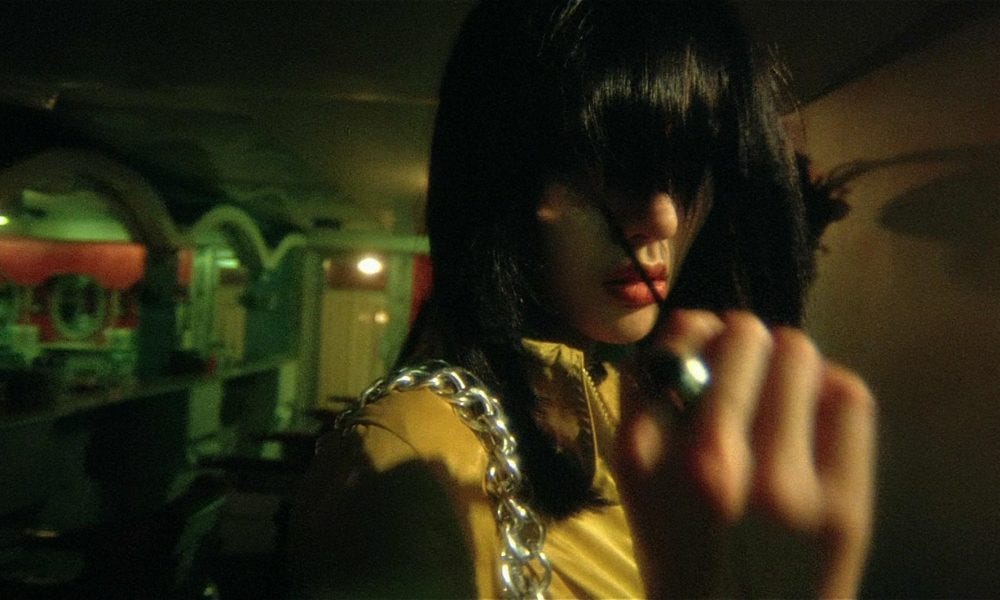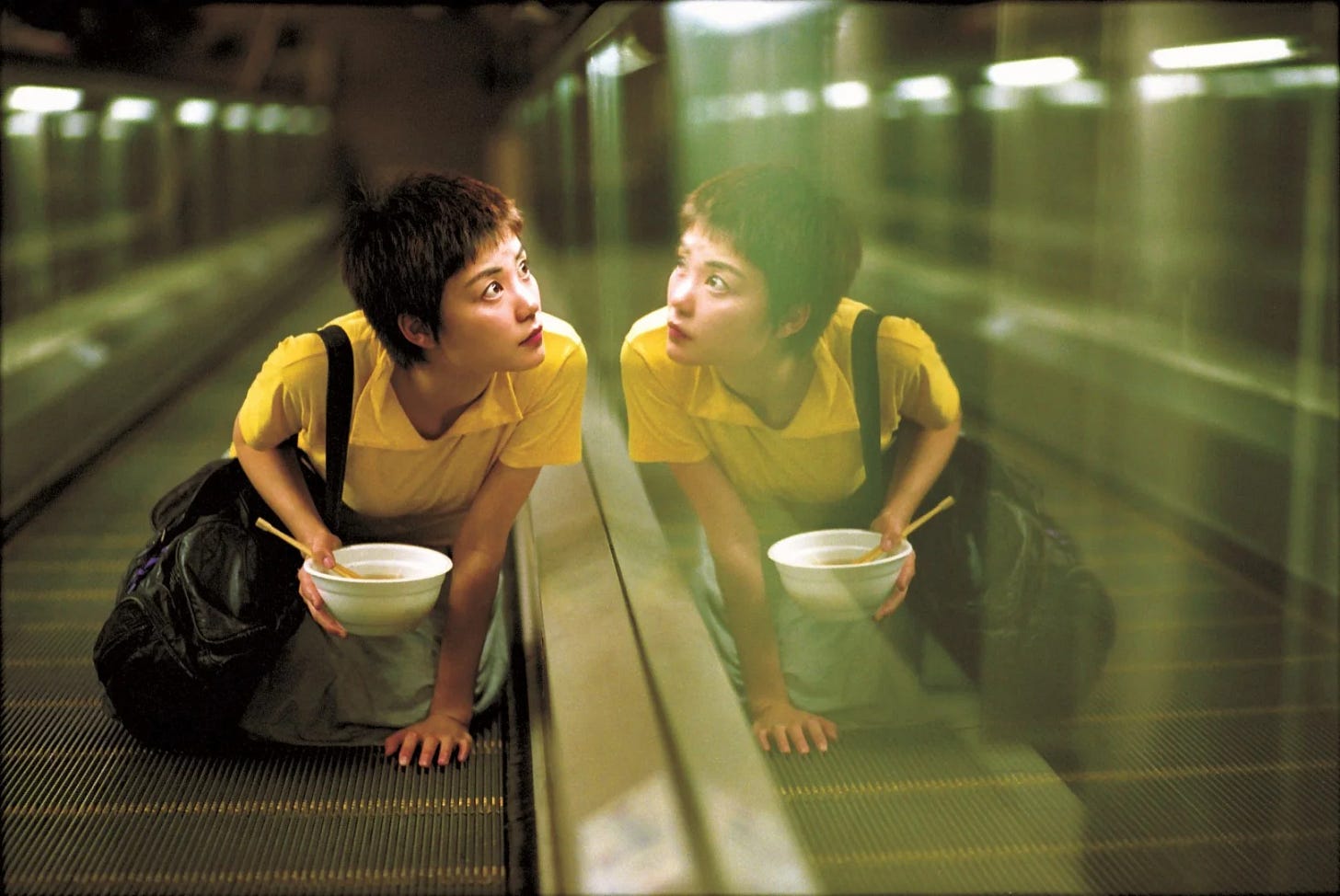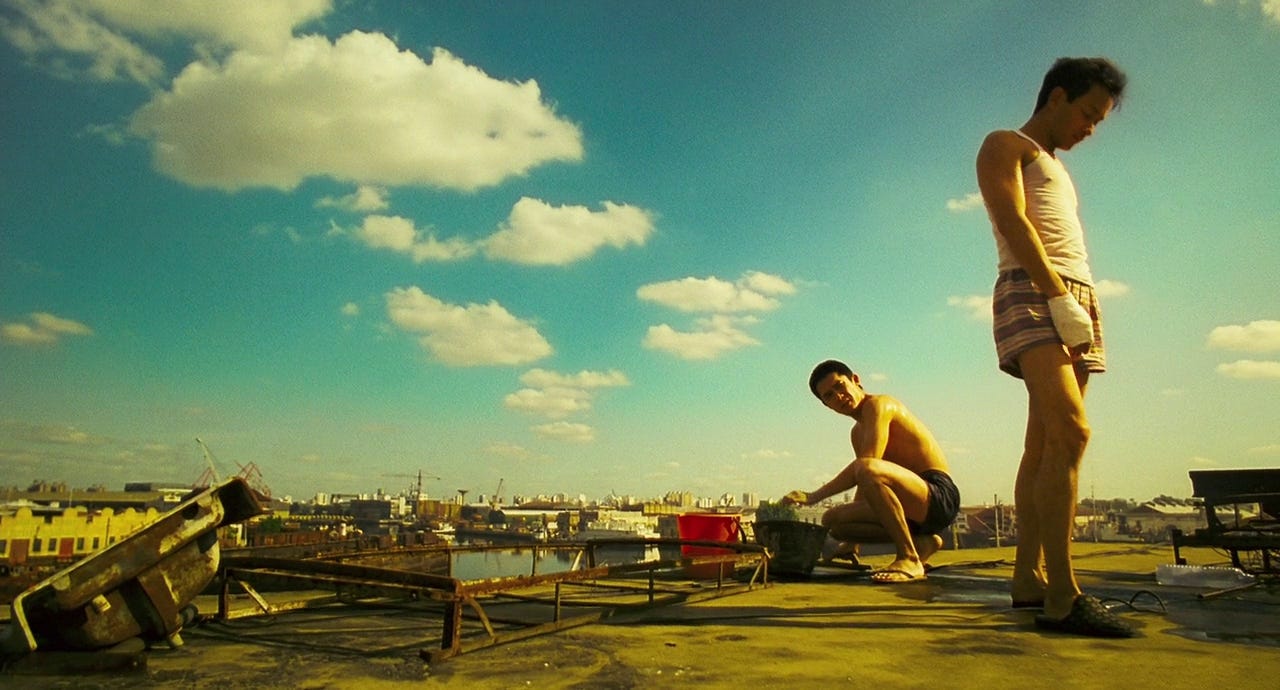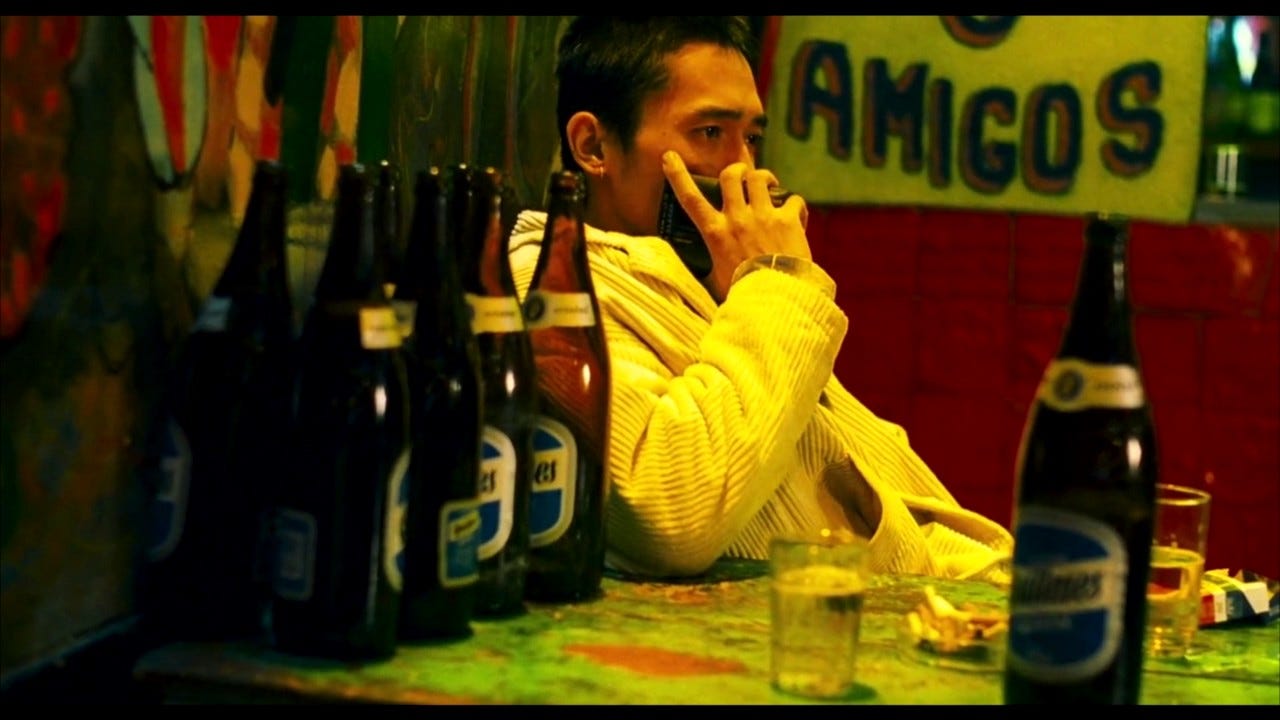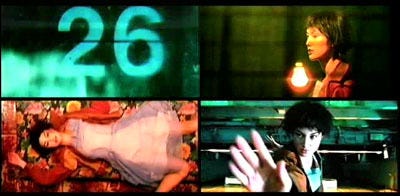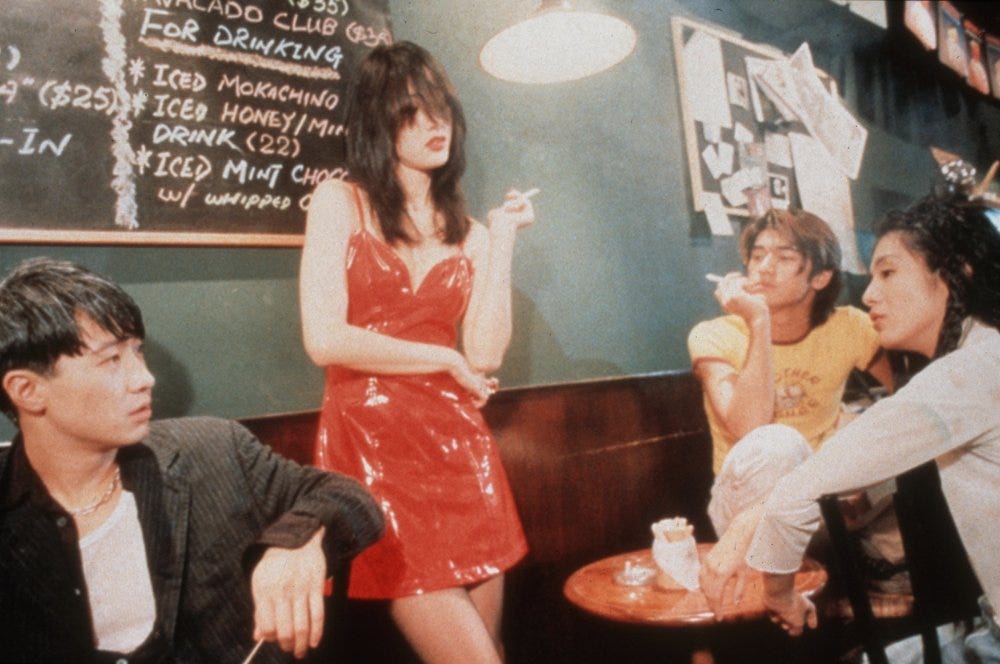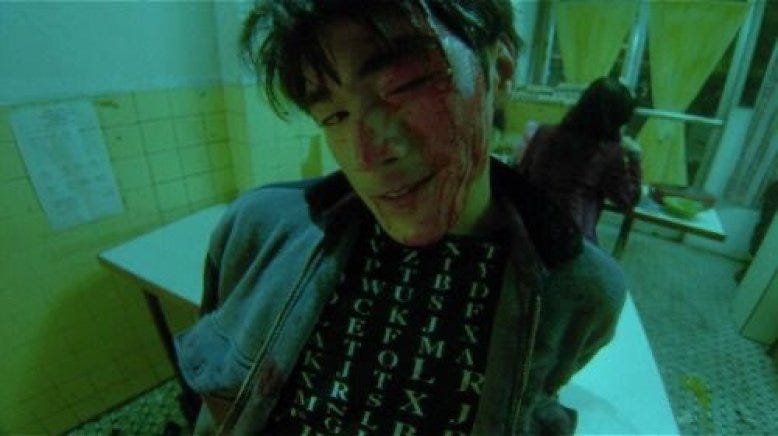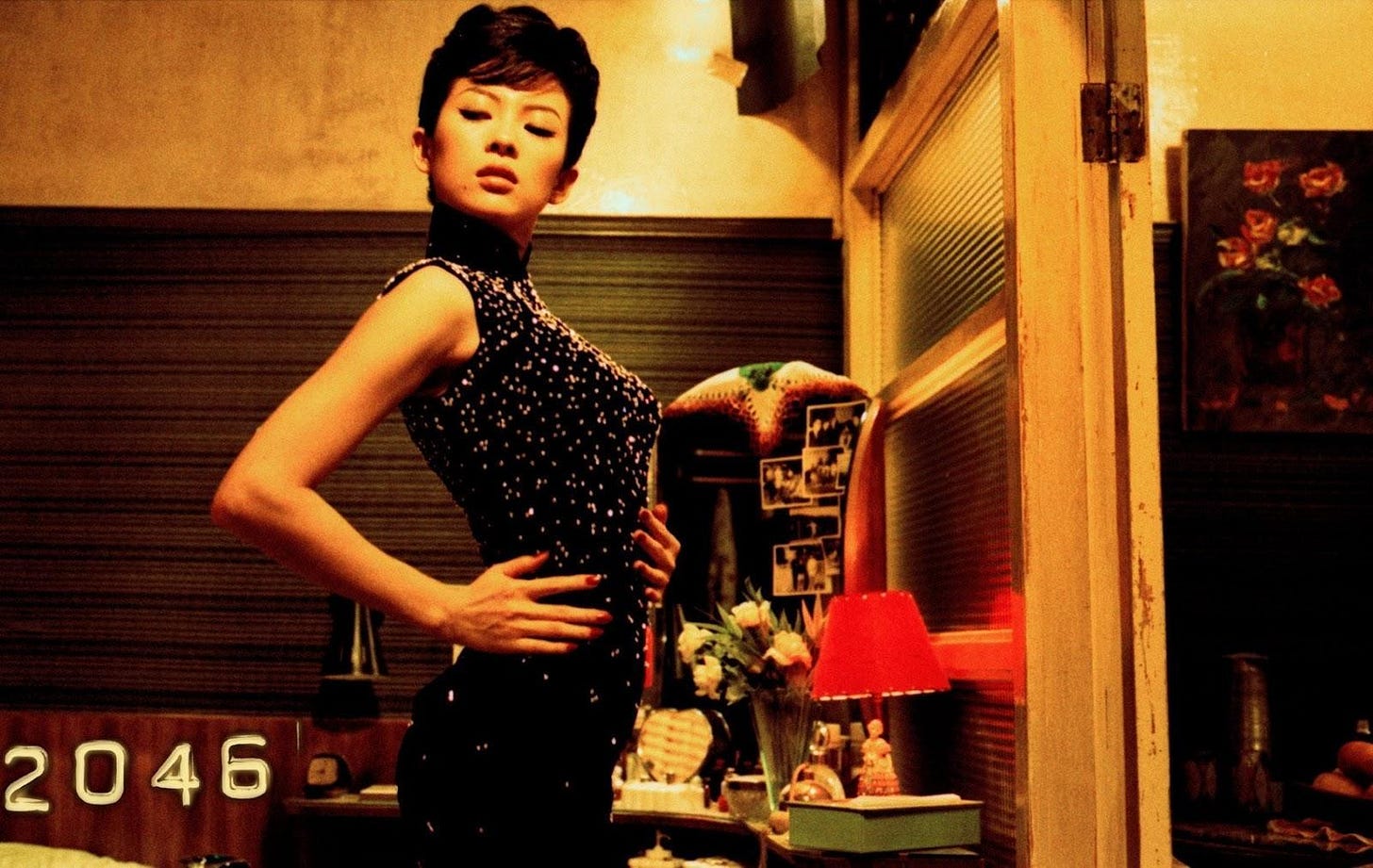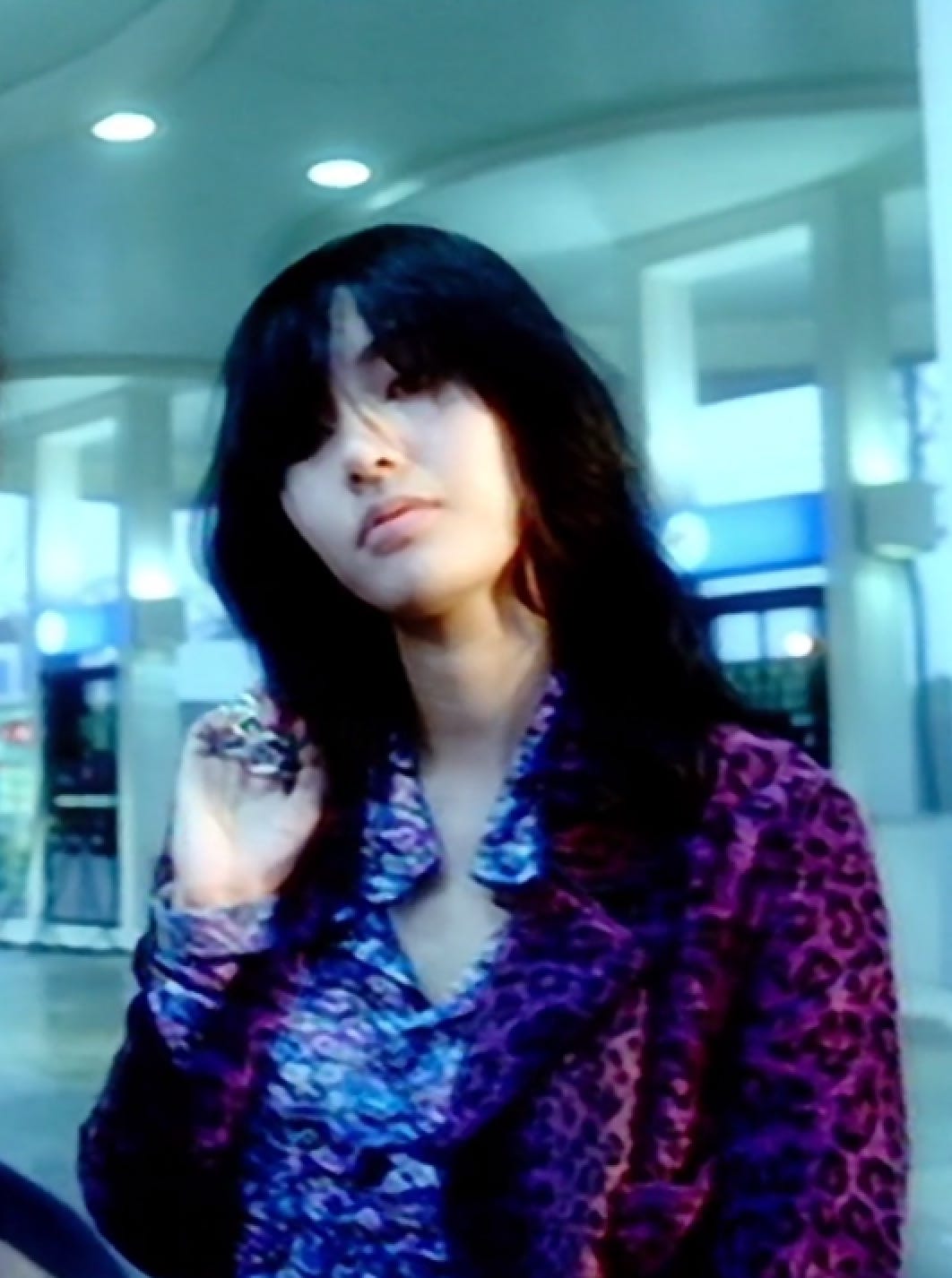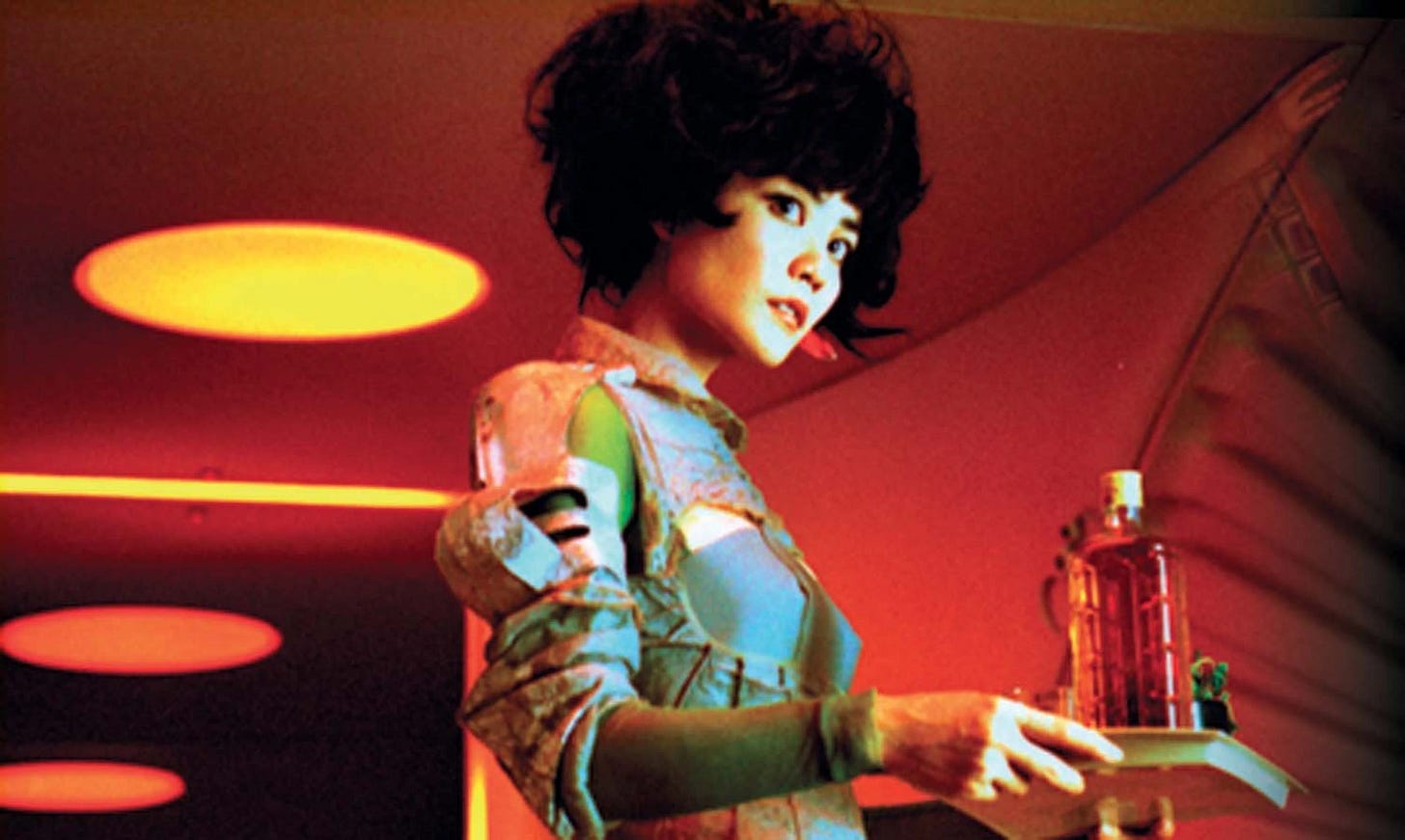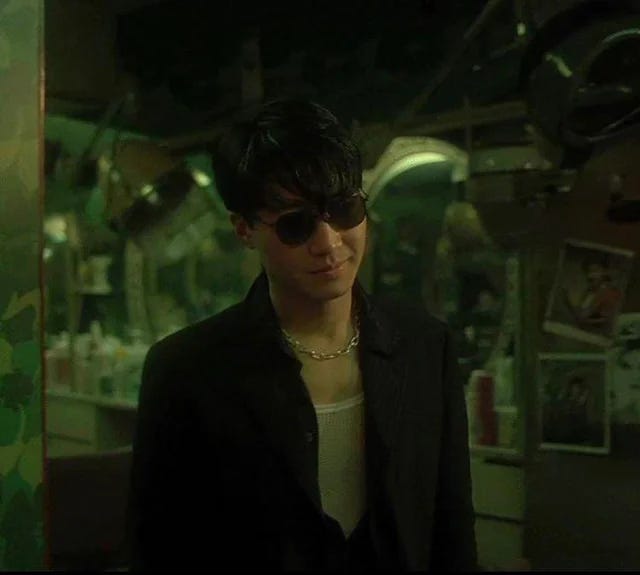How to Dress Like a Wong Kar-wai Character, V3
You may forget my face, but you won't forget my Junya Watanabe x Comme Des Garçons SS02 Poem Shirt.
Hello! I wanted to make a *bonus* bonus post this week to advertise my paid blog posts, but as my week has been a hellish one (I am once again looking for a preferably in-person job, preferably FT, god I just want health insurance so badly, hmu with any leads), I am re-publishing a Greatest Hit from over two years ago—a piece on how to dress like a character in the Wong Kar-wai Cinematic universe—with the additions of inspiration pics throughout and six now-shoppable outfits for paid subscribers, because paid subscribers are genuinely keeping me afloat right now—if you’ve ever considered subbing to Esque, now is the time when it will help me most, and if you reply to this email I can give you a discount code, because every penny helps right now, even if you can only swing $2 or so per month.
Just to be clear, the lengthy free section of the below post contains two-year-old links—I doubt any of them will still work, but I love the fits, so I’m leaving them in. Click at your own risk! However, the six outfits under the paywall contain fresh links and current prices, all still inspired by specific facets of the WKW canon as noted. Some of you have been here since V2 or even V1 (mentioned below, lost to time) of this post, and by you, I am so humbled and grateful. This blog is my pride and joy and one of the few consistencies in my life—if you ever have something you want to see me cover, please respond or comment here or DM on Instagram, as I want to make both free and paid (especially paid!) subscriptions a worthy investment in your inbox. Thanks again for your continued support as I continue to get dunked on by the universe!
If you like these posts, please let me know by liking and commenting here or on Esque’s Instagram, subbing to the Esque Substack (this) for free, getting bonus posts for five bucks a month, or for ZERO DOLLARS, share (tag me if on IG so I can see and thank you)! If you share with three friends (or enemies), you’ll automatically get a free month’s subscription to Esque’s paywalled posts. If you buy anything from an Esque link, there’s a chance I’ll earn a percentage commission at no cost to you—if you end up inspired by anything below, please send over a photo of your new togs by replying to this email and I’ll comp you a month of Esque!
If you cannot afford the $5/month, I totally understand—respond to any of my email sends and I will get you a $2 subscription or comp you, whatever you need. Esque is for everyone!
THANK YOU for being here, and I am always available @that.esque on Instagram for sartorial scandals/situations/summons. Here is a little (big, actually, this time) preview of what’s below the paywall:
How to Dress Like a Wong Kar-wai Character, V2 [originally published Nov. 2022]
In the past year plus that this blog has lived at this URL in this iteration, its most viewed post by far has been one of its first: How to Dress Like a Wong Kar-wai Character [ed. note: the site referred to is now defunct and this post has been lost to history because I’m silly and didn’t archive anything. The only evidence it ever existed was this even-worse than-my-usual collage:
]. To capitalize off the apparent popularity of that post expand upon what was then a half-baked idea of what this blog was going to be (to be fair, it’s still gooey in the center, and probably will be forever), and kind of in the spirit of the Christmas season, which incidentally shares a color scheme with WKW’s oeuvre, I decided to write another post about how to dress inspired by WKW’s films.
As in the previous WKW post, I will clarify up front that I am white, and though I have seen many positive takes on the validity of white people wearing chinoiserie from both white and Asian fashion analysts following its heavy presence in the Gucci SS23 show, I personally don’t feel comfortable wearing it. I don’t know enough or have enough skin in this issue to judge anyone who wants to, but I just am not going to include them in this post!
Instead, I am focusing on the color, textures, and tension between romance and violence that I think aesthetically characterize WKW’s films just as much as their cultural specificities. I highly encourage anyone with more knowledge of the history of Chinese fashion culture to make their own blog post on this topic and send it to me, STAT! I want to read it!
Color
Since writing my first post about WKW, I have watched a few more of his films (and discovered a BANGER music video he directed that I didn’t know existed until my partner’s sister’s husband showed me on the 4th of July, thanks David!), such as Happy Together, which I wrote a specific post about dressing like. I’ve become even more convinced that almost every single shot in any given WKW joint can be categorized into one of three color camps: green, red, or yellow. The below images, either screencaps from the films or promotional stills, divided so satisfactorily into these three groups while I collected images for this post that I took the below screenshot of my file:
Green
Green in WKW’s films can be divided up into two types: a bluish-green cast over a warm-toned scene, or a yellow-green light, often fluorescent, giving more cool-toned scenes a glow at once eerie and comforting, like the halogens of a 24-hour bodega or kiosco at 4 AM, when all the partiers have staggered to bed and the yuppies have yet to wake for their morning runs. WKW’s greens signify loneliness, even when in the presence of another, they signify the impermeability of each human to the others and the comfort that can still be derived from contact.
Red
WKW’s red often comes from lighting, typically in clubs or other places with lusty atmospheres, or from plush or lacquered set pieces that reflect on the material facets of the owners’ or users’ identities (see: the unnamed trench coat woman in Chungking Express and her omnipresent red sunglasses). The color similarly signifies the simultaneously hopeful and hopeless endeavor of human connection, but with more material and sexual connotations.
Yellow
Yellow appears in WKW’s films in three different modes: the yellows seen in scenes and on characters steeped in light and levity, like Faye in Chungking’s iconic yellow polo and the VERY few instances of sunlight and daytime in WKW’s canon; the abrasive and numbing yellows such as those on the escalator where the assassin’s assistant in Fallen Angels must stand in the misery induced by unrequited love and existential emptiness; and the yellows that puncture the characteristic darkness of the films’ long nights with invitations to companionship and catharsis, like at the bar in the Happy Together recorder scene (I’m not crying, you’re crying) or, my personal favorite, at the McDonald’s in Fallen Angels.
Together
In the insane music video for DJ Shadow’s Six Days, the dominance of these three colors is so apparent that even in this single photo set, one of the few collages from this video I could find online, there is no question as to the R/G/Y color scheme. Of course, the video deals, in a more abstract way, with the same themes of impenetrability and connection in human relationships that these colors amplify in WKW’s feature films.
Happy Together, one of my new favorites (and, funnily enough, one I watched before deciding to move to Argentina) has many shots where all three colors are fairly evenly balanced:
The reason this has anything to do with Christmas is that, of course, the holiday has a veritable monopoly over the combo of red and green, yet never once have I thought of jingle bells while watching a WKW joint. You’d also think the addition of yellow would tread upon Rastafarian grounds, but it doesn’t. The colors of these films simply and effectively amplify their themes and create a specific, unique, often-referenced aesthetic that is one of the (many) reasons they are so legendary.
I think this has to do with a few factors:
The use of light, not just physical objects, in these colors allows them to blend, diffuse, and affect each other in ways that stray from the crayon-box iterations of the hues that tend to be used in Christian and Rasta merch. Green is often warmed up by yellow, yellows cooled down and muddied with green, reds made softer or more electric by the addition of either color.
Though the three colors are dominant, they exist in a fairly realistically-colored world and have to contend with the blues and grays of pavement, neutral tones of flesh, dark colors of some characters’ hair–the colors are the base notes, not the whole song, and pops of other colors often serve to complicate and make more interesting the three main hues.
The fact that so much of WKW’s canon takes place in the dark from which these colors must emerge lends them depth and poignance that eschew the commercialization of the R/G/Y combos noted above.
Aside from Color
There are a few specific scenes/fits in some of WKW’s films that I wanted to make special note of as having inspirational aspects.
Blondie’s floral tank/sheer button-down/pinstripe pant/very 90s sandal combo in this incredible Fallen Angels scene:
Faye’s thick, straight-silhouetted gray skirts with low-top sneakers in Chungking (I wrote about the trench coat woman in the other post):
This ICONIC PVC/latex dress, Michelle Reis looking sexy in a tight leopard print long sleeve tee and red pendant, and crush of my entire soul Takeshi Kaneshiro in a weirdo alphabet tee, all from Fallen Angels:
That all being said…
Here are some fits that take inspiration from the above looks, color theories, my favorite scenes and characters, and screenshots from several of WKW’s films. They are not meant to be taken as directives to buy these exact items, more just to catalyze thoughts about potential ways you can capture the togetherapartness of the films in sartorial form. Each outfit has item IDs and a few words about the choices I made while putting them together. I hope you like them!
Deep green sheen, simultaneous luxury and old-fashioned awkwardness of the 80s silhouette, blood on the face from a fight in a fast-food place, fluorescent signs, In the Mood for Love‘s ubiquitous floral prints
IDs:
Mending Balaclava – $380 (Sale)
80s Dress – $96
Tommy Bag – $335.25 (Sale)
Pants – £390.00
Capri Ballet Flats – €190.00
The sudden loss of youth, Michelle Reis biting a dumpling with immeasurable sass, the sports (which sport??? ah) field in Fallen Angels, Tony Leung’s superstitions in Chungking
IDs:
XL Heart Pendant – $120
Margot Bomber Jacket – $620 (Sale)
Vintage Leopard Print Top – £65.00
Polyester Trousers – $115 (Sale)
Pumps – $175
Tote – $100 (Sale)
Demure versus wild, self-restraint, Faye’s low-top sneakers, red velvet in the hotel in In the Mood for Love
IDs:
Layered Sweater – €935
Sleeves – $201 (Sale)
Midi Skirt – $412 (Sale)
Leopard Socks – $50
Linea Rossa Sneakers – $480 (Sale)
Blondie’s sandals, Maggie Cheung never wearing the same florals twice, aviation (as in flight attendants a la Chungking), all the time Tony Leung spends in his undies
IDs:
Aviator Hat – $105 (Sale)
90s Overcoat – $195
Turtleneck Sweater – $288 (Sale)
Mini Shorts – $210
Floral Tights – $139 (Sale)
Gladiator Sandals – $41.25 (Sale)
Wishbone Bag – $496 (Sale)
The pureness of Takeshi Kaneshiro’s crushes in every film he’s in, Michelle Reis Getting Shit Done, Takeshi going on an emo birthday run in Chungking
IDs:
Sweater Cap – £75.00
Vintage Leopard Print Top – £65.00
Mini Dress – $70 (Sale)
Pants – $48.07 (Sale)
Sneakers – $122 (Sale)
Red Bag – $185 (Sale)
Green Bag – $191 (Sale)
Maggie Cheung’s dresses, carved wood in Chinese architecture, something mouldering under the surface but tightly buttoned-up on top, sex without sex
IDs:
Collared Cardigan – $190
Floral Dress – $58 (Sale)
Polyester Trousers – $115 (Sale)
Supersonic Socks – $36
Attitude Heels – $171 (Sale)
Sapporo Bag – $519 (Sale)

